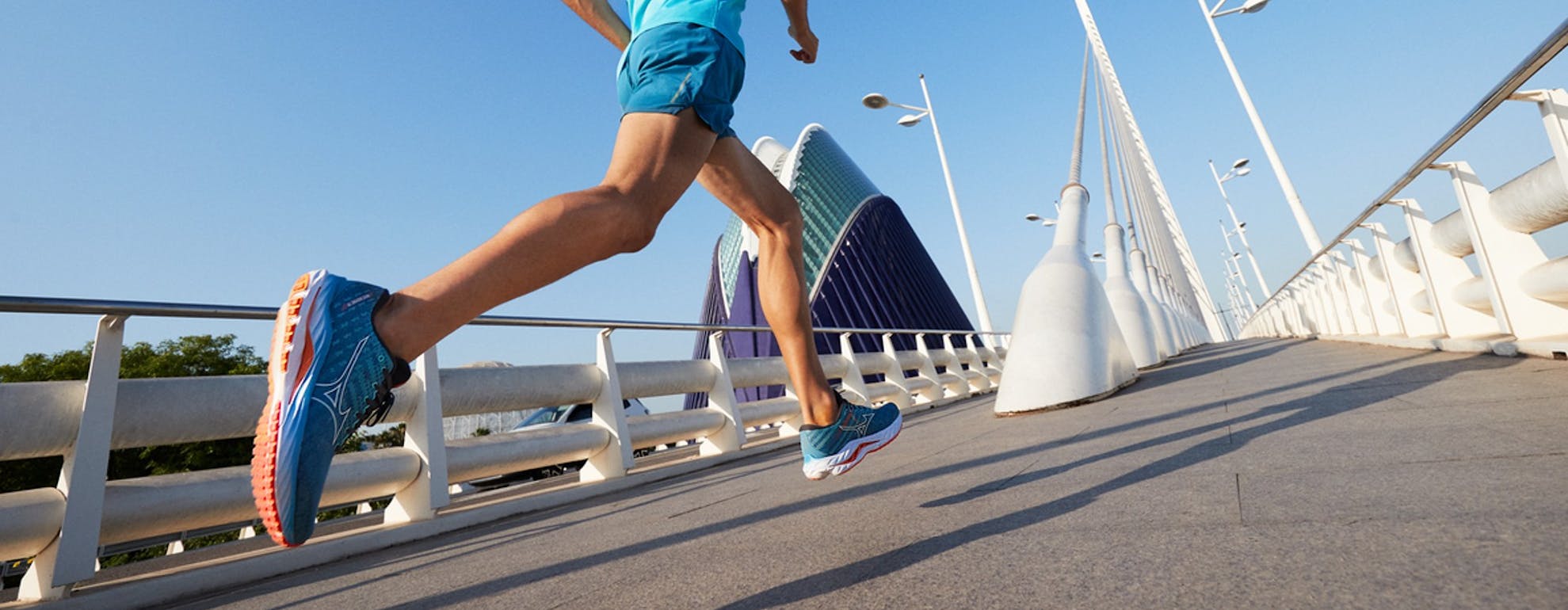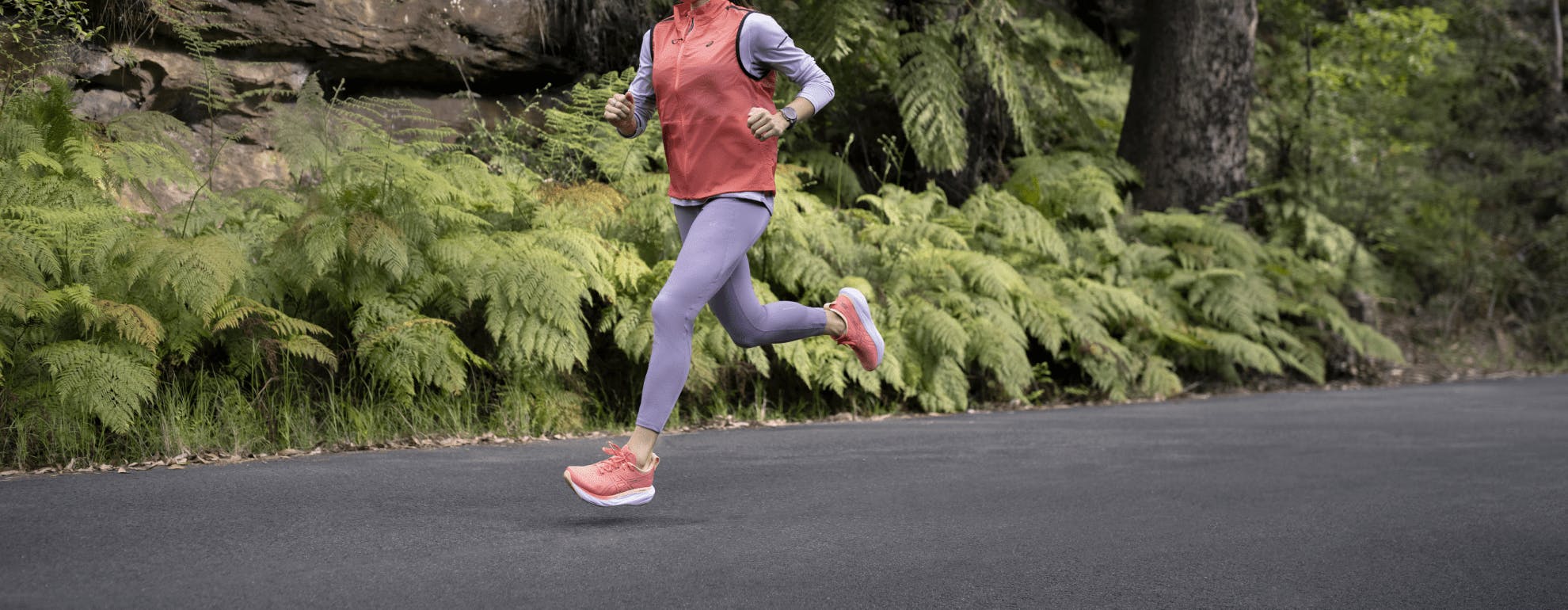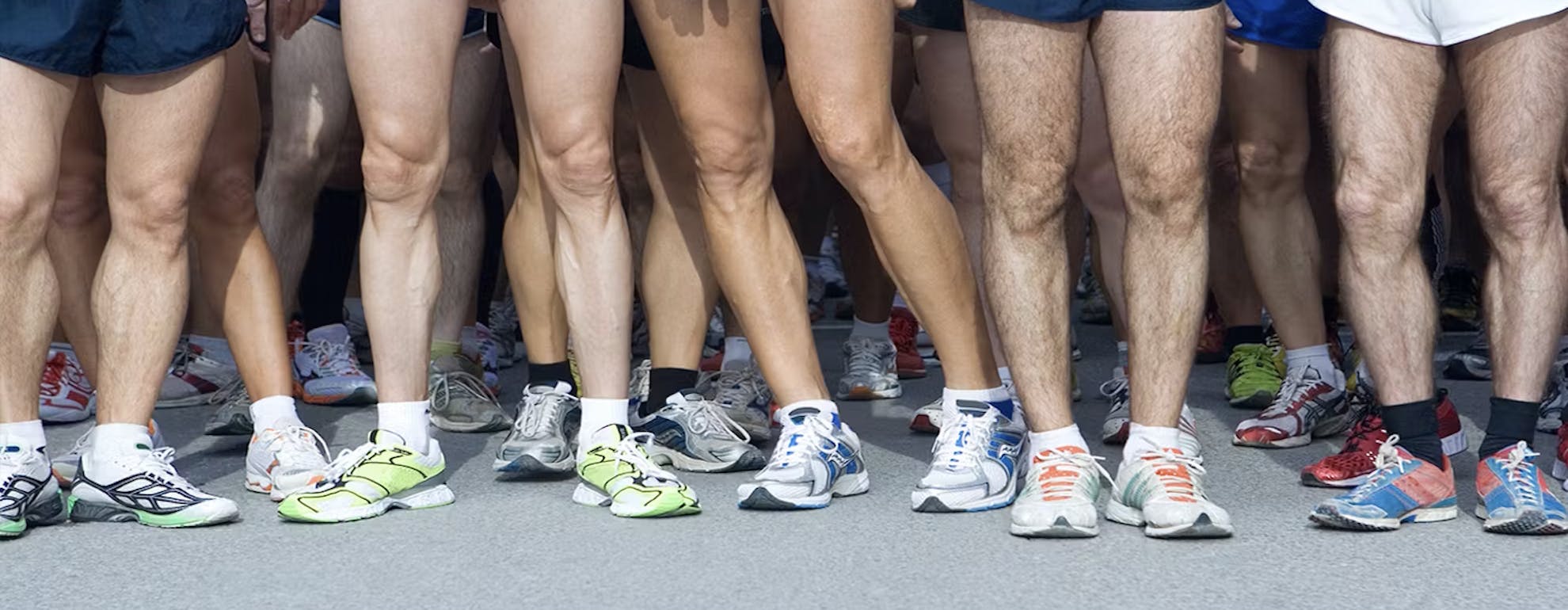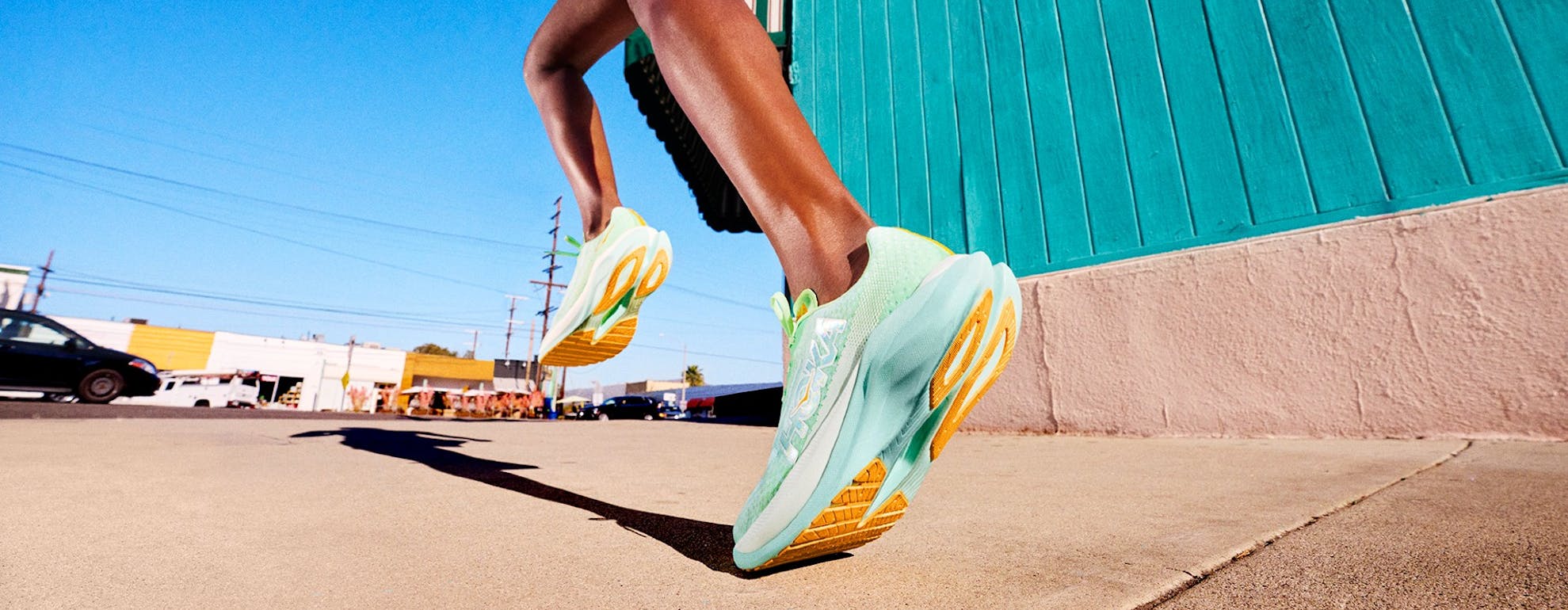
A SportsShoes Beginner's Guide to Running GPS
The ultimate running partner, GPS watches are fast becoming an essential training tool for runners. Tracking your distance, pace, location and heart rate, a GPS device gives invaluable insight into your run, helping you train more efficiently and optimise your workout.
ㅤ

ㅤ
Using a GPS enables you to train smarter by enabling you to track and monitor your progress in real time by feeding back on key performance indicators. This allows you to accurately train at the distance and intensity you intend to, and helps quantify your training. This means that you don’t under or over-train and that you can properly execute your training and race strategies. Using satellite technology, a GPS watch will generally track most of following variables as you train.
Distance
Time
Pace/Speed
Location
Elevation
Cadence (with sensor)
Calories burned
Temperature
Heart rate
ㅤ

ㅤ
Key Features:
Distance, Time and Pace
The days of mapping your run on Google Earth to ascertain distance and work out your pace are long gone. Your GPS will accurately record these as you train, and store your runs so that they can be downloaded and analysed later. Real time feedback during your run allows you to monitor your training intensity, and adjust effort accordingly.
ㅤ
Heart Rate
The benefits of using a heart rate monitor to gauge and control training intensity are well established. Many GPS watches now come with, or support a heart monitor, providing both real time feedback and allowing you to track your fitness over time.
ㅤ
Calorie Burn
These are usually calculated using an algorithm based on personal information pre-programmed into your GPS (usually age, weight and sex). Devices which support a heart rate monitor also factor your heart rate into this equation.
ㅤ
Multisport Features
This feature allows you to quickly switch between different activities on your GPS watch, for. At the tap of a button, a Multisport feature will update your data fields so that they are relevant to the current activity. This feature is great for triathletes transitioning from swimming to cycling to running and needing a fast and effortless transition.
ㅤ
Navigation
GPS can also accurately pinpoint your exact location within 15 metres. As well as tracking your location and distance, some models also incorporate waypoint and visual route navigation, along with a compass. This can be a great feature for ultra and fell runners, reliant on accurate navigation in remote areas.
ㅤ

ㅤ
Water resistance
All GPS watches are sweat and rain proof and can generally survive if they are immersed in water accidentally. If you want to swim with your watch, ensure it is waterproof to 50 metres. This again is great for triathletes, however do bear in mind that GPS watches lose their signal under water, and therefore will generally work only as a stopwatch when swimming, Some higher end models use accelerometers to bridge this gap.
ㅤ
Sync, analyse and share
Most GPS watches allow you to upload your stats to your desktop, by USB or wirelessly, view your training on a map and user friendly dashboard, and share online. Most GPS watches allow you to share your training across Facebook and Twitter, whilst Garmin also has its own online running community, Garmin Connect, where you can connect with friends and other runners, and also download training plans. Look for watches which will allow you transfer data across different applications, for example Strava.
ㅤ
Training Aids
Custom Workouts
Most GPS watches incorporate basic interval workouts which allow you to programme in a set of intervals based on time or distance before your workout. Your GPS will then alert you at your set distance or time to change your pace accordingly and start your interval.
Higher-end GPS watches allow you to programme more advanced, complex workouts, for example;
10 minute warm up
800m at 6:30 pace
60 second rest
400m at 6:15 pace
30 second rest
10 minutes at 7:00 pace
10 minute warm-down
ㅤ
Simulated Training Partners & Pacers
Ever felt that running with a friend helps you to push harder and faster than if you were alone? The evidence suggests that simulated training partners (for example Garmin’s Virtual Pacer) can also help motivate your training. These great features allow you to set a time or pace on your watch for your virtual training partner. It’s then up to you to keep up, and your watch will alert you if you fall behind. Many GPS devices also allow you to race against yourself on a previous route.
ㅤ
Accessories
Heart Rate Monitor
As we discussed above, many GPS watches now incorporate or support a heart a rate monitor allowing you to gauge, monitor and control your training intensity and fitness, as well as delivering an accurate way of monitoring calorie burn.
ㅤ
Foot Pod
This has a dual purpose in acting as a substitute for GPS when out of satellite range eg. on a treadmill, but it also tracks foot turnover to determine cadence, a key area that many runners are keen to improve. So, not only can you track your pace, distance and time as you would when training outdoors, but also monitor your running form too.
ㅤ
Speed and Cadence Sensor
This one is for runners who love to cycle as well as run. This is mounted on your bike and tracks the number of wheel rotations to determine speed and distance, whilst the cadence sensor tracks pedal rotations to help you get the most out of your training.
ㅤ
Quick Release Mount
A must for triathletes! This accessory allows you to quickly remove the watch from your wristband and mount it to your bike. This makes the display easier to read when cycling without having to look at your wrist, and without losing valuable seconds wrapping it around your handlebars.
ㅤ

ㅤ
What kind of GPS is for me?
If you’re a beginner, you’re probably not wanting to invest too much in your first GPS. If you’re just starting out, a GPS which tracks time, distance and speed has everything you need. Intermediate runners incorporating intervals and threshold sessions into their training will benefit from a GPS with programmable workouts incorporating heart rate, whereas advanced runners will enjoy the more detailed customisable workouts and more advanced features of a premium GPS, such as a VO2 Max estimator or recovery checks.
Interested in the latest shoes, apparel and technology? Then head over to our Kit & Gear category for more reviews, tips, advice and product releases.
Welcome
Welcome to SportsShoes Kit & Gear Hub! Here you'll find all the information and advice you need about the very latest kit, technology and gear.
Read More
Share this
Featured Articles
View All



